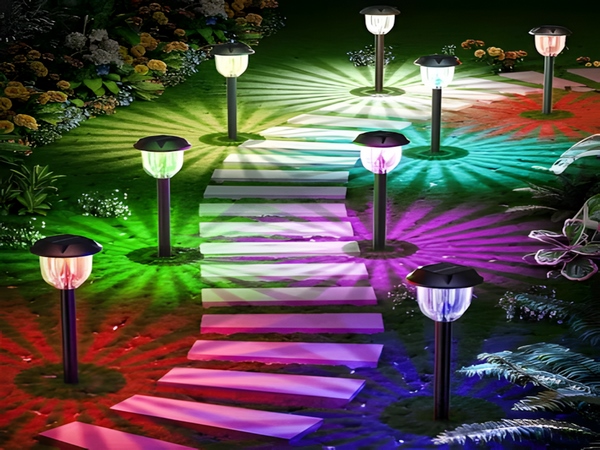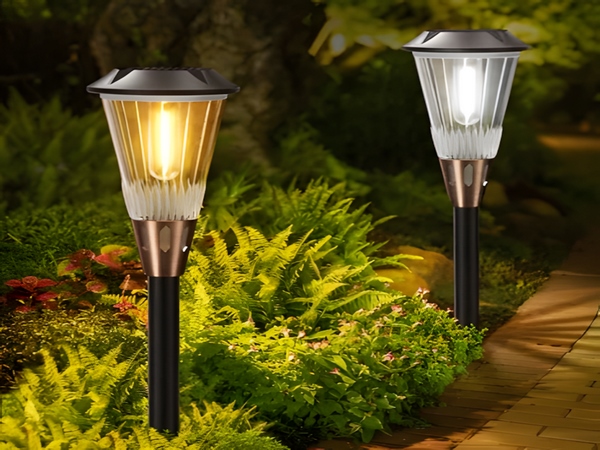

Many customers consult us about Bitpott solar street lamps and also inquire about the difference between hot-dip galvanizing and cold-dip galvanizing. Specifically, they ask whether it’s better to choose hot-dip or cold-dip zinc for LED solar street lamp poles. Today, we will explain what hot-dip galvanizing and cold-dip galvanizing are and what the differences between them are.
What is hot-dip galvanizing? Hot-dip galvanizing, also known as hot-dip zincing, is an excellent metal corrosion prevention method used widely in various industries. This technique involves immersing rust-free steel components in molten zinc at approximately 500°C, which allows a zinc layer to adhere to the surface of the steel component, effectively preventing corrosion.
In contrast, cold-dip galvanizing is also known as electroplating. It involves applying a thin layer of zinc, typically ranging from 10 to 50g/m², using electrolytic action to form a metallic coating on the surface of the materials. This process can create a uniform, dense metal layer that provides corrosion resistance, enhances wear resistance, electrical conductivity, reflectivity, and aesthetic appeal.
So, what are the differences in galvanizing between LED solar street lamps?
Corrosion resistance: Hot-dip galvanizing is tens of times more effective than cold-dip galvanizing.
Application method: Hot-dip galvanizing involves completely immersing the LED solar street lamp poles in molten zinc at 450–480 degrees to coat them, while cold-dip galvanizing is done at room temperature through electroplating.

Zinc layer thickness: The thickness of the hot-dip galvanized layer for LED solar street lamps is much greater than that of cold-dip galvanizing.
Surface smoothness: The surface of poles treated with cold-dip zinc is smoother and more visually appealing compared to those with hot-dip zinc.
Adhesion: Cold-dip galvanizing has weaker adhesion compared to hot-dip galvanizing. Additionally, pricing varies: hot-dip galvanization is charged based on the thickness of the material, whereas cold-dip is typically charged per square meter.
After reviewing this information, many consumers should now have a better understanding of hot-dip zinc coating for LED solar street lamps. We remind consumers to always choose products that are hot-dip galvanized and spray-coated. Although hot-dip galvanized and spray-coated LED solar street lamps are pricier, they are much more cost-effective in practical applications.
To learn more about LED solar street lamp price lists, feel free to inquire.
Bitpott solar street lamp manufacturers specialize in research, development, production, and sales of solar and LED outdoor lighting. With years of production experience and advanced manufacturing equipment, we guarantee quality, reasonable pricing, and configuration. For inquiries about LED solar street lamp pricing, please contact us for more information.



